When considering fall protection, fall arrest is expected to be regarded as the only option. When protection against falling is needed, most go to a safety store and buy fall arrest equipment. Which may or may not address their needs. Certain companies have worked this angle for a long time to exacerbate the situation, offering packages such as “compliance in a bucket.”
It may be common thought that fall arrest systems do not work correctly or that the user may still be in danger regardless of the equipment used. We generally agree that most standard fall arrest systems may not guarantee security. So, how can individuals stay safe? The answer is simple: don’t fall!
There are vital steps to be taken so that you don’t fall.
Firstly, it is essential to clarify that fall protection is the umbrella for all systems used to protect a person when exposed to the risk of gravity. This doesn’t necessarily refer to a risk at height. It could also mean falling into water or a machine that could do severe damage.
When referring to fall protection, the very first step to ensure safety is to do a risk assessment. The order in which the risk assessment should be the hierarchy of risk, which is an overview of the steps taken to eliminate the potential risk. In other words, a risk assessment using the hierarchy of risk aims to determine the best situation for eliminating the risk. For example, the lighting of highways is usually achieved using large towers on which light fixtures are placed. If these lights need to be repaired, the first step of the hierarchy of risk should be to determine if the lights can be fixed without climbing the mast, perhaps by lowering the fixtures. This would eliminate the need to expose someone to any gravity-related risk.
If this is not possible, the second step would be to choose a system in which workers can ensure maximum safety while collectively reaching the fixture, for instance, by building a permanent platform.
If this is not achievable, the third option on the hierarchy of risk would be the use of Personal Protective Equipment, yet another system meant to ensure that the worker isn’t exposed to the danger of a fall. An example of this would be work restraint, in which the worker uses a tether or fixed-length lanyard to prevent him or her from entering the danger zone. It works like a dog leash.
Secondary to that system is work positioning, where the worker is positioned to do a particular job, such as rope access. Rope access is also classified as a double-work positioning system because using a redundant secondary system assures that it will keep the person in place if the first system fails.
The last alternative should be the use of fall arrest. The fall arrest system is well-engineered. If used correctly, ensures that the worker is caught during a fall and arrested to the set amount of force. The challenge with this system is that a certain distance is required to allow the energy to be absorbed. The longer the fall or the heavier the person, the further the path of travel will be.
The further the path of travel is, the bigger the chance that the user may hit something like a steel angle or a piece of rebar. Most people who use this system don’t allow for the proper free fall clearance and are misusing it by anchoring at the feet. Roofers are notorious for this mistake, along with the error of using a fall arrest system that will only absorb a fall of 6ft / 1.8m. If a user is tied off at the feet, it is most likely that they will fall close to twice that distance. A fall of more than 15ft / 4m can cause severe injuries with a fall arrest system. The system of choice for roofers should be work restraint and anchoring as high as possible when achievable.
An additional common scenario would be fall protection for construction workers during the construction of houses. To ensure safety, the ultimate situation for workers would involve a truss system erectable from the ground and using a trolley system. On the trolley, the use of SRL’s self-retractable lanyards is recommended. This system allows for minimum fall distance and can be attached from the ground, ensuring the worker is permanently attached above the head. If a fall occurs, a rescue plan can be quickly executed, minimizing the chance of further injuries.
There is always an ideal system for any circumstance involving risk. It is essential to analyze the risk and come up with a plan.
EYOLF Inc. has decades of experience and believes that fatalities and injuries procured from a fall are unnecessary and avoidable. Please remember, DON’T FALL!
If you have any questions or suggestions, please don’t hesitate:


